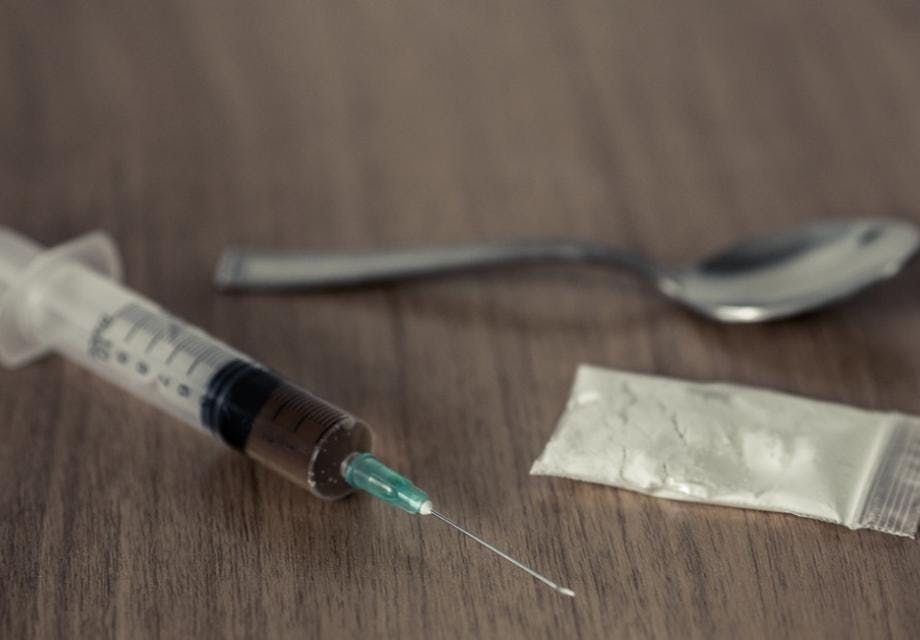Why it’s time to make lower-risk injecting equipment more widely available
Hester Phillips
08 January 2024
When it comes to preventing HIV, the type of syringes that people use to inject drugs makes a difference. But access to lower-risk equipment is limited, a new report reveals
A new report from Harm Reduction International (HRI) focuses on an often ignored part of HIV prevention for people who inject drugs – the type of needles and syringes that are available through public health programmes.
What is the report about?
All needle and syringes have something called ‘dead space’. This is the space between the needle and the plunger when it is fully pushed in, which holds blood after it has been used. Low dead space syringes (LDSS) have less of this space than other syringes. HIV and the hepatitis C virus (HCV) can survive longer in higher volumes of blood. Because LDSS contain less space, there will be less blood if the equipment is shared, so the risk of HIV or HCV being passed on reduces.
In this new report, HRI maps the type of injecting equipment that needle and syringe programmes (NSPs) provide and people’s preferences for different types of injecting equipment. It is based on interviews with NSP experts and people who inject drugs, plus survey data from 26 countries with NSPs. Countries were a mix of low-, middle- and high-income and included countries in Africa and Asia.
Why is this important?
In many countries, most HIV and HCV infections among people who inject drugs happen because people share needles and syringes. So it is important that NSPs consider the type of injecting equipment they provide. In fact, the World Health Organization has been recommending that NSPs provide LDSS since 2012.
What does the report say?
The type of needle and syringes available in NSPs
Where LDSS are available, they make up 25% or less of the needles and syringes distributed by NSPs. The most common type of LDSS available have a low volume capacity (1ml).
Traditional high dead space syringes (HDSS) with detachable needles are the most common type available through NSPs. New LDSS versions, which have detachable needles and large volume barrels, are only available in Scotland.
NSPs in low and middle-income countries are less likely to provide LDSS than high-income countries. Sometimes, budget limitations influence purchasing decisions more than public health goals. For example, in North Macedonia (where LDSS are not available), service providers must choose the cheapest option even if it is not the best quality equipment.
People’s preferences for injecting equipment
People who inject drugs gave different reasons for the type of injecting equipment they used. One of the biggest factors was habit, with people often using the same type of equipment they first started injecting with, and what other people around them use.
But the type of drug being used was also a factor. People who inject drugs that need to be dissolved in liquid need larger volume syringes. This includes drugs like opioid agonist medication, image enhancing drugs like steroids, and prescription drugs like benzodiazepines. For these people, the most accessible type of LDSS available (a 1ml LDSS) was not suitable.
People who inject deeper in thigh veins or muscles need longer and thicker needles. People injecting in veins in hands and arms tend to prefer thinner, shorter needles. Some prefer thinner needles because they leave smaller marks which are easier to hide.
What does this mean for HIV services?
Introducing or increasing the amount of LDSS available through an NSP could help to reduce HIV and HCV infections.
NSPs should provide a wide range of injecting equipment to cover the needs of people who inject drugs. The first step is consulting the people who use NSPs to ask them what type of needles and syringes they need. It is also important to educate people about the advantage of using LDSS (for example, reduced HIV and HCV risk, less waste of drugs).
If you are advocating for changes to NSP procurement, it is important to target your government and any external programme donors. In many instances, the main funding source for NSPs in low and middle-income countries is the Global Fund to Fight AIDS, Tuberculosis and Malaria (in Nigeria it is PEPFAR).
Get our news and blogs by email
Keep up-to-date with all our latest news stories and blogs by signing up to the Be in the KNOW news digest.
